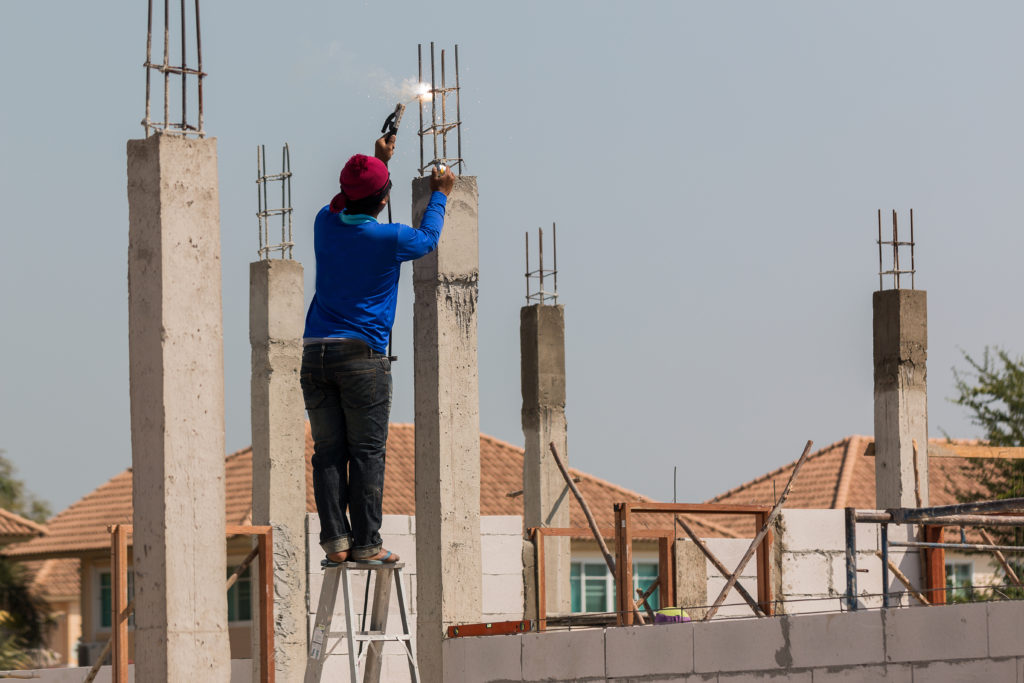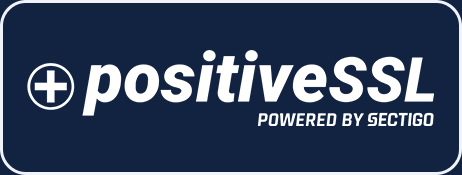Front Line Workers Know What’s Up
November 6, 2019
We all agree worker safety is an important function of business. However, many safety programs rely on assumptions made by leadership, because they don’t have access to the necessary information to make informed decisions. This information comes from the front lines, not the boardroom.

There is great opportunity to improve safety processes and make necessary changes by leveraging information from employees in the field. Here are a five realities of the front line worker that are common across any industry.
1. See the good, bad and ugly
Much like a reality television show, when real life plays out there is no hiding the truth. Whether positive or negative, safe or unsafe, the front line worker sees it all.

Leadership must know what their front line workers know. Leadership isn’t required to make every decision, but the decisions made should make a difference. Decisions should be made with the best information available, and the best candidates with the best suggestions come from the front line.
2. Know the shortfalls
The front line knows the shortfalls better than anyone. Whether it be a lack of resources, insufficient materials, or improper tools, the spotlight on shortfalls are very well known by the front line. When shortfalls are present, corners get cut.

If left ignored, shortfalls create inefficiencies, cost money, and put workers in an unsafe position… as they perform tasks in a “last resort” mentality. Knowing the shortfalls, and applying the necessary fixes, will strengthen safety, quality and operational efficiency.
3. Recognize quality
Mentoring and training are important programs, but don’t discount the observations of new workers. Experience should be an advantage, but even new workers can tell the difference between high and poor quality. Workers recognize things uniquely, and can provide personal perspective when things aren’t right.
A strong reporting culture can elevate personal safety, but also strengthen the quality of work being performed. When audits, job planning checklists, and post-job reports are part of a program, workers will elevate their own performance knowing it will be documented.
4. Experience “Oh, $#!+” moments
There are situations that occur every day that may not be an actual incident, but are seen as significant to the worker experiencing the event. Near misses and close calls are events that directly affect the worker, and get their heart racing.

These near miss events are the best “free, damageless” lesson we can learn. It is critical they be reported and learned from. Even if the significance is only in the mind of the worker, being fully aware when they happen and providing quick feedback is vital for a strong, safe working environment.
5. Need feedback
Front line workers needs feedback, whether appreciation, correction, direction, or simple discussion. Coaching makes a difference, and leadership must know how, what, and when to coach.

By understanding workers need feedback, it becomes important that feedback be timely. If a significant near miss is not responded to quickly, the worker will lose confidence in any perception of safety culture. No response can translate into no one cares, it isn’t important, or no one is listening. Remember, crickets damage culture…. so be responsive and timely in providing feedback.

FIVE INFORMATION GATHERING TIPS
Consider these tips, when creating a pathway to collect front-line information. Use the information to make the best decisions for growth and change within your organization….
- Chuck the paper – forget trying to keep up with written, paper-based reports. Tracking becomes tough, inconsistent and delayed.
- Make it simple – get more participation, and take up less time of your workers to be involved. Simplicity will push participation.
- Involve everyone – whether a seasoned veteran or a new hire, every worker can provide information and perspective.
- Receive immediate notifications – be aware now. Setup alerts when reports are submitted from the field, in real-time to your email or device. This allows for immediate awareness of conditions.
- Respond to a response – when information is received, respond. It could range from a needed correction, a thank you for reporting, or an opportunity immediate clarification and training.



